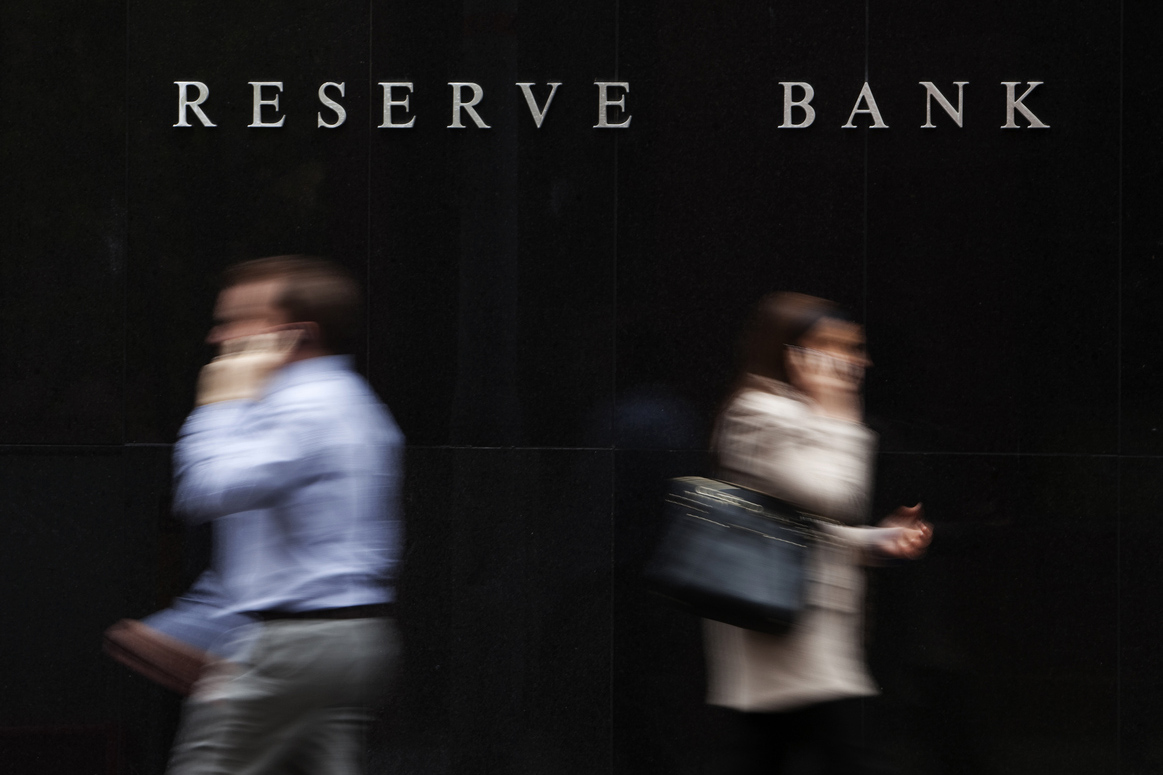
The Reserve Bank of Australia (RBA) decided to move the cash rate up further to 4.10% in an effort to combat inflation.
Economists from ANZ and NAB were projecting for the RBA to sway in favour of a rate hike.
Here are the highlights of RBA Governor Philip Lowe's latest statement on monetary policy:
On inflation
- Inflation has passed its peak but remains too high at 7% — it will take some time before it is back to its target range.
- This recent hike provides greater confidence that inflation will return to target within a reasonable timeframe.
- High inflation makes life difficult for people and damages the functioning of the economy.
- If high inflation were to become entrenched in people’s expectations, it would be very costly to reduce later, involving even higher interest rates and a larger rise in unemployment.
On the economy and labour market
- Growth has slowed and conditions in the labour market have eased.
- Unemployment rate increased slightly to 3.7% in April while employment growth moderated.
- Wages picked up in response to the tight labour market and high inflation.
- At the aggregate level, wages growth is still consistent with the inflation target, provided that productivity growth picks up.
Outlook
- The RBA remains alert to the risk that expectations of ongoing high inflation contribute to larger increases in both prices and wages, especially given the limited spare capacity in the economy and the still very low rate of unemployment.
- Housing prices are rising again, and some households have substantial savings buffers, although others are experiencing a painful squeeze on their finances. There are also uncertainties regarding the global economy, which is expected to grow at a below-average rate over the next couple of years.
- Some further tightening of monetary policy may be required to ensure that inflation returns to target in a reasonable timeframe, but that will depend upon how the economy and inflation evolve.
- The RBA remains “resolute” in its determination to return inflation to target and will do what is necessary to achieve it.
CreditorWatch chief economist Anneke Thompson despite clear signs that the Australian economy is into its necessary downturn, the RBA still decided to push through with the hike.
“There were one off reasons for the high inflation figure, such as the fuel excise tax being halved in April 2022, that contributed, however, overall, it would appear that inflation is not falling fast enough for the RBA to be comfortable with,” she said.
The April CPI reading increased to 6.8% annually, which was higher than expected and was driven by housing, food, non-alcoholic beverages, and transport.
Meanwhile, the slowdown in labour hiring appears to have already started, which will give the RBA some early indications that significant wages pressure should be avoidable going forward despite the increase to the minimum wage by the Fair Work Commission.
“The RBA is also concerned about productivity growth, or the lack thereof over the last three years, and a higher unemployment rate will hopefully help to improve productivity,” Ms Thompson said.
Still, there is pressure on inflation from the rental market, with housing being the single biggest contributor to the CPI basket.
“However, the RBA will be aware that a higher cash rate is not the answer to reducing rental increase — and while consumer demand is definitely dropping overall, non-mortgaged and non-renting households continue to spend up on services, particularly in the tourism, cafes and restaurants and health sectors, making inflation more sticky in these areas of the economy,” Ms Thompson said.
“It remains to be seen if further increases to the cash rate will make enough of a dent in services side inflation, given these consumers are not impacted by higher interest rates.”